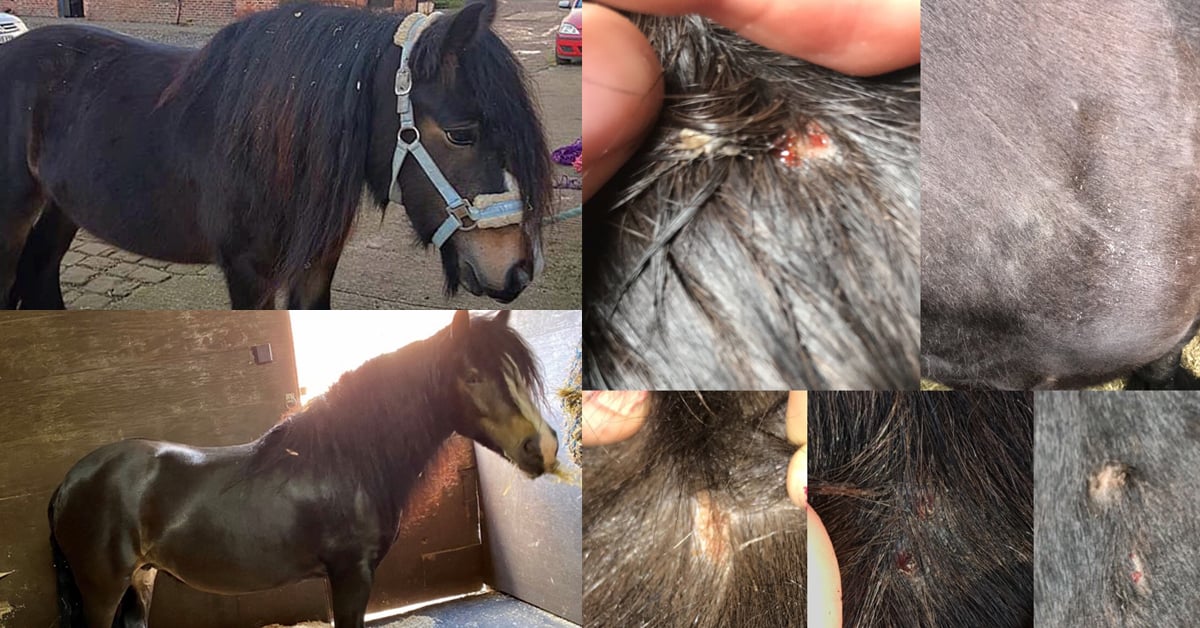This blog aims to explain what is happening to your pet’s immune system when they are exposed to something they are allergic to. Understanding how this works should help you feel more in control of managing their condition.
Pet allergies and the immune system
We all know that our dogs, cats and horses have their own individual characters, with little traits that make them unique and behave in a particular way. But did you know that the same can be said for their immune systems? It is part of the reason why some animals suffer with allergies, whilst others don’t. It also explains why some of the animals with allergies will only have mild symptoms compared to others who suffer with more severe reactions, and why different pets can be allergic to different things.What is an allergy?
An allergy is when your pet’s immune system has an overreaction to what would normally be considered a harmless substance – this substance is known as an allergen. Common allergens in people and pets include pollens, foods, dust mites and insects.
Instead of ignoring the allergen, your pet’s immune system gets it a bit wrong and views it as a threat. Exposure to the allergen therefore results in an increased production of antibodies; antibodies are made by white blood cells as part of the body’s defense against illness and disease. These antibodies then trigger various reactions from other cells in the body, which ultimately leads to the occurrence of the symptoms you see. The next time your pet meets the same allergen, their immune system is ready (as it remembers the allergen) and so the reaction is much quicker.
The role of allergens and antibodies

What is the Allergy Threshold?
You will more than likely have heard the word “threshold” as something physical you cross over, such as the threshold of a door. It can also be used to explain the level at which something starts to happen. When we are talking about allergy, the threshold is used to describe the point at which the response to an allergen (or number of allergens) is large enough to cause symptoms such as itching, coughing or digestive upset.
How does the Allergy threshold work?
The diagram below illustrates how your pet might reach their allergy threshold:

How quickly this threshold is reached will vary between different animals. For some, one single allergen, perhaps exposure to dandelions or dust mites, may be enough to push that particular pet over its threshold. For another pet, it may be the cumulative effect of multiple allergens that results in symptoms occurring. Animals with allergies will always be more prone to flare-ups, as they will be closer to the threshold than animals without them.
What can I do to help my pet?
The aim is to try to keep your pet as far below their individual allergy threshold as possible (keep the cup as empty as you can), by understanding which allergens contribute to their condition. Your vet will begin by ruling out all other potential causes of the symptoms, before being able to make a diagnosis of allergy. Once a diagnosis of allergy has been made, a blood test or a skin test can then be used to identify potential contributing environmental allergens.
Food allergies are diagnosed by doing something called a dietary trial; this involves feeding a very restricted diet for up to 8 weeks. If symptoms improve the original diet, or components of it, are fed again to the pet. If a relapse then occurs, the diagnosis of food allergy is made. A blood test can be used to help select foods for the dietary trial.
You can help to keep your pet as far below their threshold as possible (stop the cup filling up) by managing your pet’s environment or diet, so they are less exposed to the problem allergens. In addition, a specific therapy can also be used which changes their immune system’s response to environmental allergens, so they are no longer viewed as a threat; this therapy is called allergen-specific immunotherapy and is tailor-made for each animal. Both of these solutions can help to decrease symptoms and reduce the risk of flare-ups (the sudden return or worsening of symptoms).
Allergy is a lifelong condition, often requiring a combination of treatments or strategies to get the best response. This might include allergen avoidance, dietary changes and allergen-specific immunotherapy to 'stop the cup filling up' (as mentioned above), but may also involve medications which relieve the symptoms of allergy or products which help keep the skin or gut in better condition.
By understanding your pet's individual needs you can help take better control of their allergy, resulting in improved management of the condition and hopefully a happier life for you both.
If you would like to read our other blogs about the diagnosis and treatment of allergies, please see the news section of our website https://insights.nextmune.com
 Global English
Global English

 Danmark
Danmark
 Deutschland
Deutschland
 UK
UK
 France
France
 Nederland
Nederland
 Norge
Norge
 Sverige
Sverige



